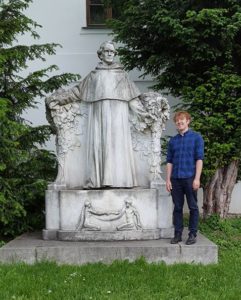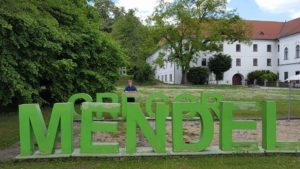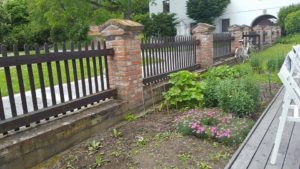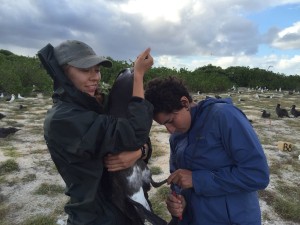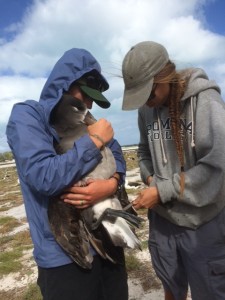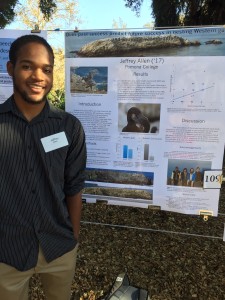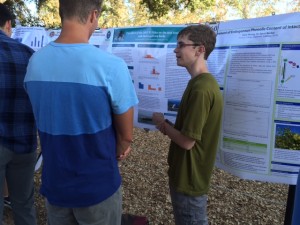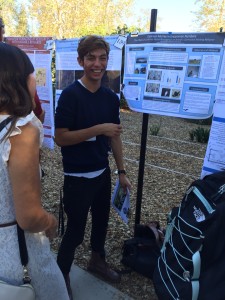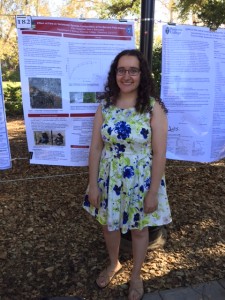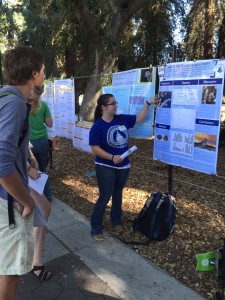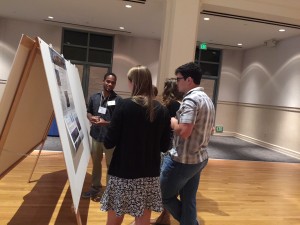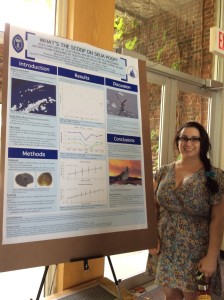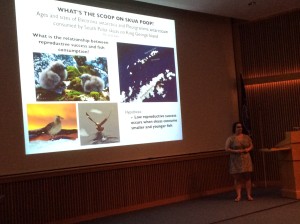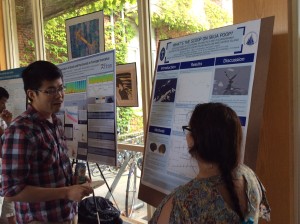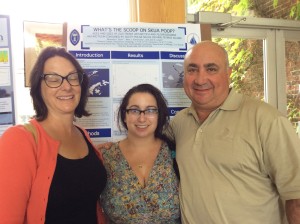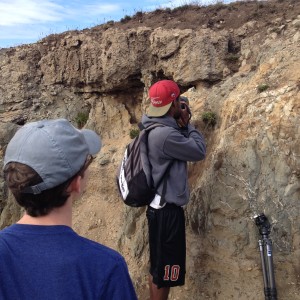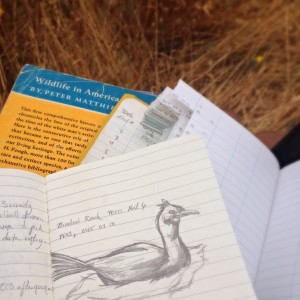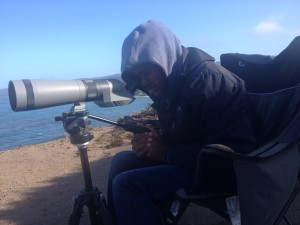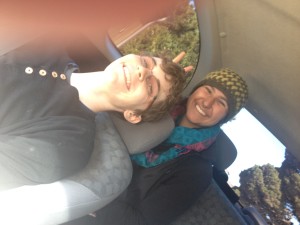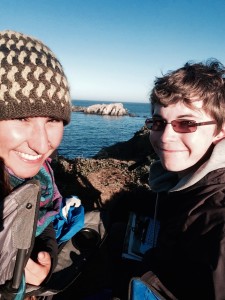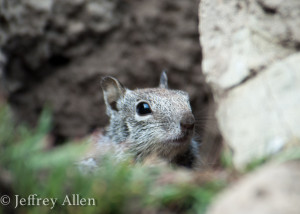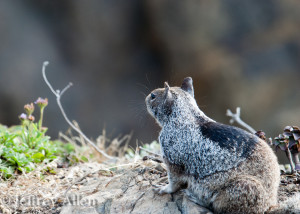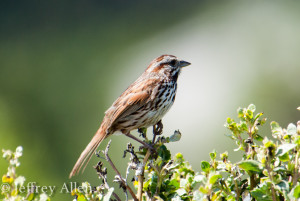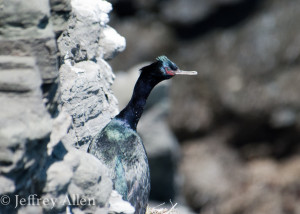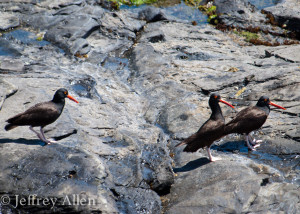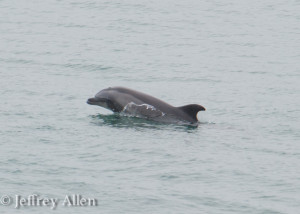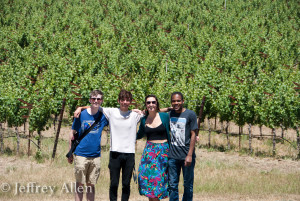Hi all! I’m still at Sea Ranch with my family but Kyle, Leo, and Jeffrey went home yesterday and our field work is done! For a while I’ve been meaning to upload a “day in the life of” type post where I describe one of our normal days, so here it is even if it is a little late!
Most days we woke up at 6:00 AM, got organized, ate some breakfast (below is a morning bun from Two Fish Bakery, a treat my dad got us while he was visiting!), and headed out to Gualala Point Island (also below).
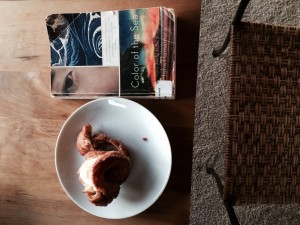
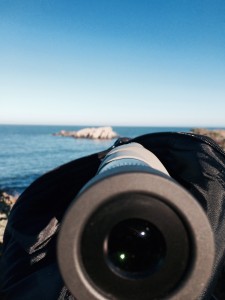
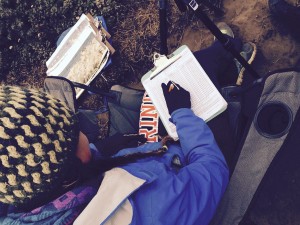
This is me entering data on the Nest Survey form.
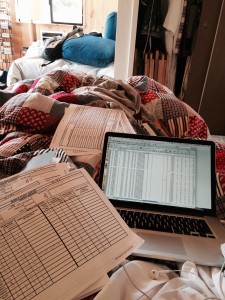
After GPI we headed back home for a few hours that we mostly used on catching up with data entry (seen above) or other work like keeping the log (seen below).
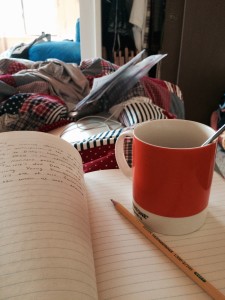
After some lunch it was time for our PECO study or BLOY study depending on the day. Kyle and his BLOY site are featured below:
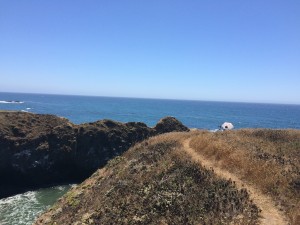
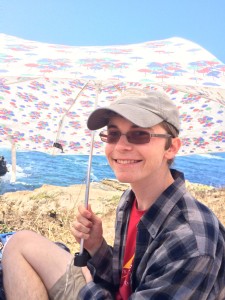
(Even on cold, overcast days it’s easy to get sunburnt, hence the umbrella!)
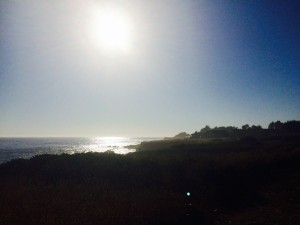
After our afternoon studies we had more time to work on data entry or other projects. I walked to my parents house one evening to check on the house and my pet rat Glenn and took the above picture of the evening sun.
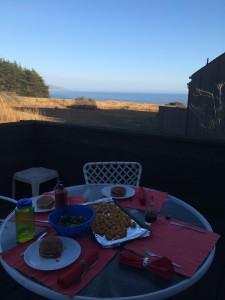
Then dinner! (Above is Jeffrey’s tater tots and sloppy joes.)
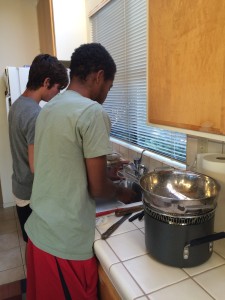
Then a bit of cleaning up and potentially some free time before bed!
…
Because this is probably my last blog post for this project I wanted to throw in some photos from the last few weeks I never got to post:
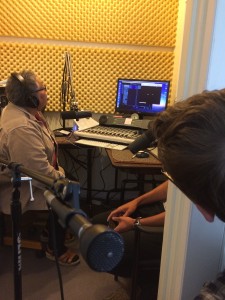
Here’s Kyle and Leo in the recording studio from when we were interviewed for the local radio station!
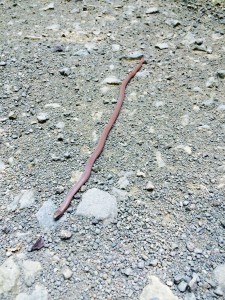
Here’s a young rubber boa (notice the tail is stubby to look like its head) that we saw on a hike with my dad!
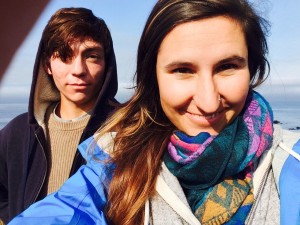
And here’s a selfie from our last day out in the field! (We’re in front of GPI even though you can’t see it!)
…
Lastly I wanted to thank my fellow students, Leo, Kyle, and Jeffrey, for being great to work with and entertaining in our free time. The four of us would like to thank all the wonderful people who made this summer amazing and a great learning opportunity, including everyone from the Sea Ranch Task Force, the BLM, and the Madrone Audubon Society who made this project possible. Thank you to my parents Liz Keene and Dale McDuffie as well as Dibby Tyler for graciously housing us, even in the peril of their homes! Thank you for the team from UC Santa Cruz for the opportunity to help with an intertidal survey and to Doug Forsell for taking us along on the fascinating search for marbled murrelets! Also to Molly Engelbrecht and others at the UC Davis Bodega Marine Laboratory for organizing a fantastic tour of the premises and a taste of grad school!
Finally thank you to the Diane and Bryant Hichwa for many dinners and the use of their home, computers, scanners, and wifi (as well as their loving dog Bridget!); Diane was an immense help/expert in our project and a great mentor along the way! Jim Weigand also made time in his busy schedule to be an inspiring mentor and help in numerous ways and of course Nina Karnovsky was, as always, an invaluable adviser in all things! Thank you all for making this summer an incredible experience!

